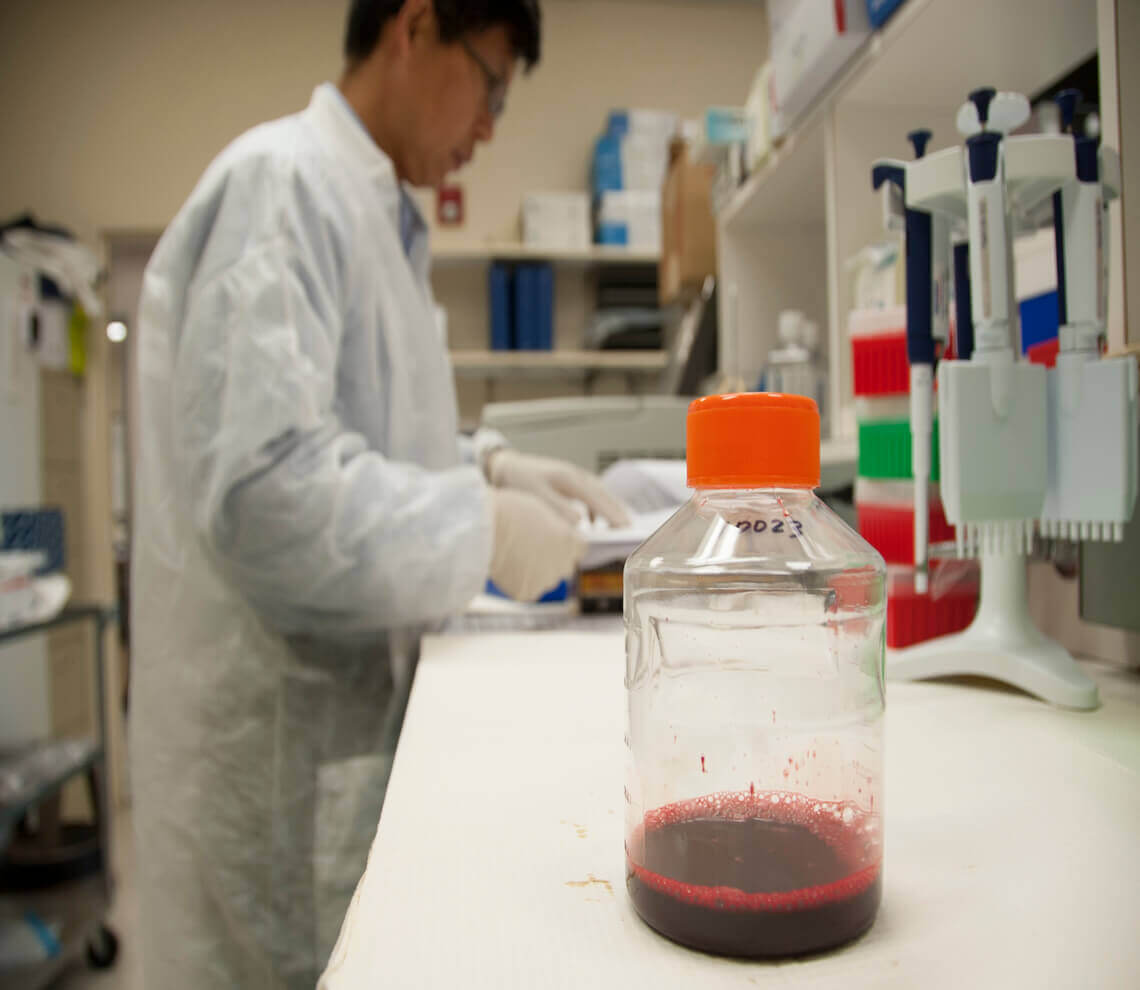- Our Suppliers
- MBS Monoclonals
- MerTK (c-MER, c-Mer Proto-oncogene Tyrosine Kinase, MER, MER Receptor Tyrosine Kinase, MERK, MERPEN, MGC133349, Proto-oncogene Tyrosine Protein Kinase MER, Receptor Tyrosine Kinase MerTK, STK Kinase)
Product short description
Price:
801 EUR
Size:
100ug
Catalog no.:
GEN606207
Product detailed description
Concentration
N/A
Immunoglobulin isotype
IgG1
Also known as
MerTK
Clone
9G108
Category
Antibodies
Clonality
Monoclonal
Tested applications:
Western Blot (WB)
Subcategory
Mnoclonal antibodies
Source organism
Mouse (Mus musculus)
Host organism
Rat (Rattus norvegicus)
Other gene names
MERTK; MERTK; MER; RP38; c-mer; MGC133349; N/A
Gene name synonims
MERTK; MERTK; MER; RP38; c-mer; MGC133349; N/A
Gene name
MERTK; MERTK; MER; RP38; c-mer; MGC133349; N/A
Purification method
Affinity Purified by Protein A affinity chromatography.
Form/Appearance
Supplied as a lyophilized powder in PBS. Reconstitute with 40-50% glycerol, PBS.
Species reactivity
Mouse (Mus musculus); Due to limited knowledge and inability for testing each and every species, the reactivity of the antibody may extend to other species which are not listed hereby.
Specificity and cross-reactivity
Recognizes mouse Mer.; Since it is not possible to test each and every species our knowledge on the corss reactivity of the antibodies is limited. This particular antibody might cross react with speacies outside of the listed ones.
Other names
MERTK protein; MERTK protein; tyrosine-protein kinase Mer; STK kinase; OTTHUMP00000161952; OTTHUMP00000203538; proto-oncogene c-Mer; MER receptor tyrosine kinase; receptor tyrosine kinase MerTK; c-mer proto-oncogene tyrosine kinase; N/A
Storage and shipping
Lyophilized powder Store the antibody at +4 degrees Celsius for short term storage.. Reconstitute to nominal volume by adding sterile 40-50% glycerol and For optimal long term storage, the antibody should be kept at -20 degrees Celsius. Reconstituted product is stable for 3 months the antibody should be stored at -20 degrees Celsius.. For maximum recovery of product, centrifuge the original vial after thawing and prior to removing the cap. Further dilutions can be made in assay buffer.
Description
The receptors are ligand binding factors of type 1, 2 or 3 and protein-molecules that receive chemical-signals from outside a cell. When such chemical-signals couple or bind to a receptor, they cause some form of cellular/tissue-response, e.g. a change in the electrical-activity of a cell. In this sense, am olfactory receptor is a protein-molecule that recognizes and responds to endogenous-chemical signals, chemokinesor cytokines e.g. an acetylcholine-receptor recognizes and responds to its endogenous-ligand, acetylcholine. However, sometimes in pharmacology, the term is also used to include other proteins that are drug-targets, such as enzymes, transporters and ion-channels.
© Copyright 2016-Tech News . Design by: uiCookies

